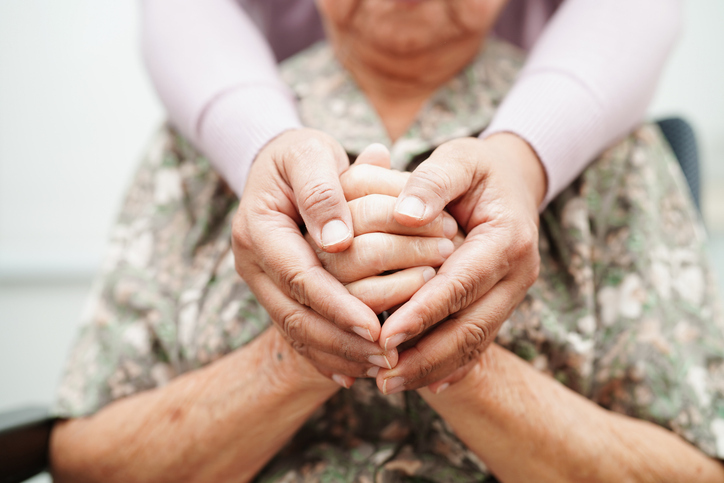By Alan Neuhauser

They’re just 12 miles and two train stops away, yet NewYork-Presbyterian Hospital and University Hospital, Newark, exist in “two different worlds,” says Terence Wrong, executive producer of ABC’s "NY Med."
The show, an eight-episode mini-series, returns Thursday night. In previous seasons it featured one or two top-tier hospitals – Baltimore’s Johns Hopkins Hospital in 2000 and 2008, Boston’s Brigham and Women’s and Mass General hospitals in 2010 and NewYork-Presbyterian Hospital and the city's Lutheran Medical Center in 2012. This year, however, it's turning its HD lenses on a premier hospital in one of the wealthiest zip codes in the world along with one that, while well-regarded, is located in a city that’s had nearly 7,000 shootings in the past decade alone.
The decision to examine the disparity is, in part, dramatic. “You really want to change tempos and speeds on the audience to have an alchemy in the show,” Wrong tells U.S. News.
Yet there’s a far larger idea at work, too.
“It is a tale of two cities,” he says. “The mainstream audience hasn’t really had life in the inner-city thrust in their face since 'The Wire' on HBO. Rather than demonize that world – because it is violent, people do have problems that they don’t necessarily have in Manhattan – what comes through to us is the extraordinary humanity of the patients we meet there and the way they bond and the way the nurses and doctors bond with them.”
The show, he insists, isn’t a typical medical or hospital show, with gratuitous gore or doctors hooking up or an unrelenting stream of life-and-death situations.
Produced through ABC’s news division, "NY Med" captures individual human dramas, Wrong explains, allowing it to paint an intimate and illuminating portrait of modern American health care. Issues range from the practical – “Who’s bearing the costs when a disadvantaged community uses the ER for primary care?" Wrong offers. "Does that impact the hospital’s bottom line?” – to the profound: “the individual will to live, connections and bonds between families and people and strangers,” he describes.
The first episode opens with a woman with a sunburn being rushed to a hospital by ambulance; – viewers soon see that the skin on her legs has bubbled to at least the size of tennis balls. The cameras cut to another patient, a man in the cardiac unit whose aorta begins to rip just as he’s being visited by cardiologist and TV star Dr. Mehmet Oz. Also on the same episode: a teen who was shot multiple times in Newark, a new female urologist helping insert a penile implant in a 73-year-old man, and a married father of three who’s about to have surgery for a tumor on his spine – and who has yet to tell his wife about it.
“Here’s a guy who doesn’t tell his wife that he’s got this life-threatening disease and they kind of capture that intimate moment where she gets through it,” says Dr. Philip Stieg, chief of neurosurgery at NewYork-Presbyterian/Weill Cornell Medical Center, who performs the operation. “Those are things that we as physicians, we have to deal with and help that family get through that.”
And throughout it all, the cameras keep rolling on these real-life patients, doctors and nurses.
Stieg, who says he was at first “skeptical” about participating in "NY Med," says he ultimately chose to take part because “neurosurgery has a story to tell.”
“There’s hundreds of thousands of neurosurgical procedures, and I’m hopeful that this small little vignette helps people understand that no matter how serious and critical the procedure may be, we have the technology to get you through that process,” he tells U.S. News. “That’s important for people to see. Let’s face it, at some point, all of us are going to be hospital patients.”
And that means the program doesn't merely show the drama of a complicated surgery or a patient fighting for his or her life, but the drama behind the drama: the new urologist struggling to set boundaries with her patients, a nurse struggling with her employers, and even doctors and nurses making mistakes during procedures. “Warts and all,” Wrong says.
“The cost of letting people see quality medical care is that, yeah, there will be warts and blemishes, because this is life,” he adds.
And that, in and of itself, has value.
“We do feel good that we can show the doctors and the nurses this way, and still so nobly,” supervising producer Erica Baumgart says. “One of the things that we sometimes hear from patients is that they want to participate in filming because it could help other people who have similar conditions get through what they can get through.”
Source: health.usnews.com





